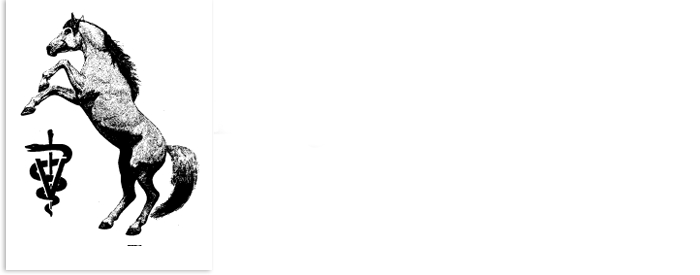Choosing A Breeding Method
All horse people are overjoyed when they successfully breed their mare. The sight of a foal running and playing in the field is second to none. Getting to that picture requires knowledge and planning. In the thoroughbred industry the number of foals registered is only about 55% of the number of mares bred. That means that 45% of the mares bred either, did not get pregnant, got pregnant but lost their foals earlier in term, got pregnant but aborted late in the term, lost the foal during foaling, or lost the foal early in its young life.
The choice of how to breed your mare is natural cover or artificial insemination using shipped semen or frozen semen. If you are going to use live cover, you are, most likely, shipping your mare to the stallion's ranch. Between heat cycles you are going to have your mare at the stallion's ranch or back at your ranch. We know that the mare really only starts to cycle regularly in the April-May time frame. Therefore, it makes sense that unless you absolutely need to have a foal born as close to January 1 as possible (i.e., for racing purposes), you should wait until this time to breed your mare. Because breeding farms charge mare care on a daily basis, you want to minimize the number of days she stays at the stallion's farm. To do this you can control her cycle. If you give Regumate, a progesterone like drug, orally to a mare for 15 days, then stop using it, the mare will come into heat and ovulate in about 7 to 9 days. This means you will want to bring the mare to the breeding farm 4 days after withdrawing the Regumate so they can tease the mare and perform a number of rectal exams to feel the developing follicle. A second method involves using prostaglandin injections. By giving 2 prostaglandin injections 15 days apart, you can predict that the mare will ovulate on average 8 days after the second injection. Knowing this you can minimize the mare care. After that, you can ultrasound your mare at day 17 or later to determine pregnancy. If she is not pregnant you will re-breed her. Waiting to see if she comes back into heat again is not a reliable indicator. Over 20% of pregnant mares show heat on the cycle following breeding even though they are pregnant.
If you decide to breed by artificial insemination you will need to decide whether or not to use shipped or frozen semen. My experience is that shipped semen is more reliable than frozen semen. You will need to consult with your own veterinarian about his or her view on the matter. What I can tell you unequivocally is that critical to getting mares pregnant is detecting heat. Critical to detecting heat is to have a stallion, any stallion around to tease the mare. In my practice I have had several clients over the years ask me to breed their mare with shipped semen. I have been quite successful when a stallion is there to tease the mare. On the other hand, without a stallion, I have rarely had a mare get pregnant.
Briefly this is how using breeding with shipped semen works. You select a stallion. You arrange a contract and let the stallion owner know in general when you plan to breed your mare. When your mare starts her heat you call the stallion owner and ask them to collect and ship the semen the next day. You call you veterinarian and arrange for the vet to start palpating your mare. The semen is shipped on day two and four of her heat period. You breed your mare on day three and five. In one study using three stallions and 50 mares there was a 91% pregnancy rate using shipped semen when the mares were bred during a maximum of 3 heat cycles. There was no difference in pregnancy rates when mares were bred at 24 hours vs. 12 hours post collection. This means using overnight shipping services is sufficient.
The invention of shipping containers that gradually cool semen during their transport has allowed the development of shipped semen as a method of breeding horses. The Equitainer (TM) has been the standard in the past. It is essentially a specialized thermos the size of a five-gallon bucket. The semen is packed in the middle. It is then sent by overnight delivery to the mare's home. New is the development of disposable shipping containers. They serve the same purpose as the Equintainer but do not have to be shipped back to the breeder each time they are used. This eliminates much of the legwork of shipping Equitainers back and forth. It also eliminates the large deposits stallion owners must charge mare owners for the Equitainers.
The last bit of advice I can give you, as you prepare to breed your mare, is think very seriously about investing in some kind of stocks for your mare. Stocks are a single horse-width wide enclosure, many times made out of pipe. The mare walks into the stocks. A gate is closed behind her. The gate stops about two-thirds the way up her hind legs exposing her tail area. This allows your vet to do a rectal exam and to inseminate your mare without many of the hassles that accompany trying to perform these procedures in a stall or arena. The simplest ones I have seen are made by Port-a-stall and cost as little as $125.00. As a veterinary student a professor taught me the equation "Stocks = Good". I have become a true believer.

